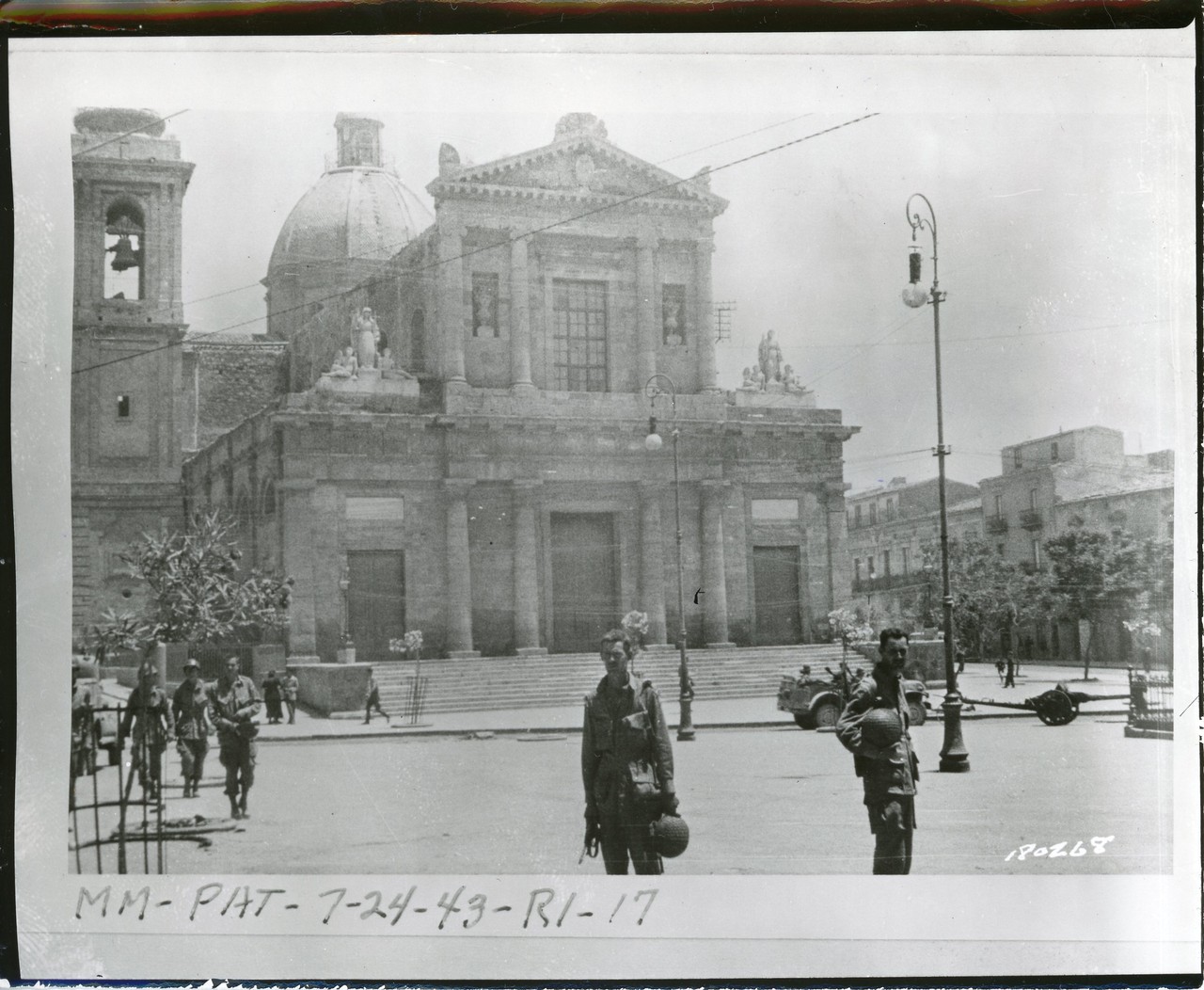On the night of 9 to 10 July 1943, the Allied landing on the coast of south-western Sicily began. The US troops of the 7th Army, under the command of General George Patton, were part of the action on this front.
The operation was characterised by difficult weather conditions: a very strong wind rose in the preceding hours, seriously affecting the success of the paratroopers and gliders used to support the operation. However, it did not create insurmountable problems for the troops transported by sea. Although some boats landed in the wrong places and were obstructed by the swells, the heavy seas led the Axis forces engaged in the defence of Sicily to lower their guard, believing that the chances of a landing in these conditions were remote.
In the turbulent hours of the night landing, the Allies found the beaches mined and the long wharf in front of the town of Gela was blown up. These factors slowed down the landing of the US troops but could not prevent the landing operation from being completed on 10 July.
It was only when the American soldiers were settled on the coast, along a Front of more than 60km stretching between Licata and Scoglitti, that the Axis troops reacted. This was the only real attempt at an Italian-German counterattack during Operation Husky, but it ended in failure.
Starting in the early hours of 11 July, the Hermann Göring Division, equipped with 56-tonne Tiger Tanks, attacked from Niscemi whilst the Livorno Division attacked from Butera. The counterattack was significant, thanks also to the work of the armoured troops, and at times was supported by the Italian and German air forces. The fighting directly involved the town of Gela, even reaching the centre of the city. For a few hours, it seemed that the joint manoeuvre had some chance of driving the American forces back out to the sea, but the counteroffensive stopped only a few hundred metres from the beaches. The Axis forces were in fact pushed back, mainly thanks to the effective cannonade from the US cruisers Savannah and Boise, located in front of the city's coastline.
